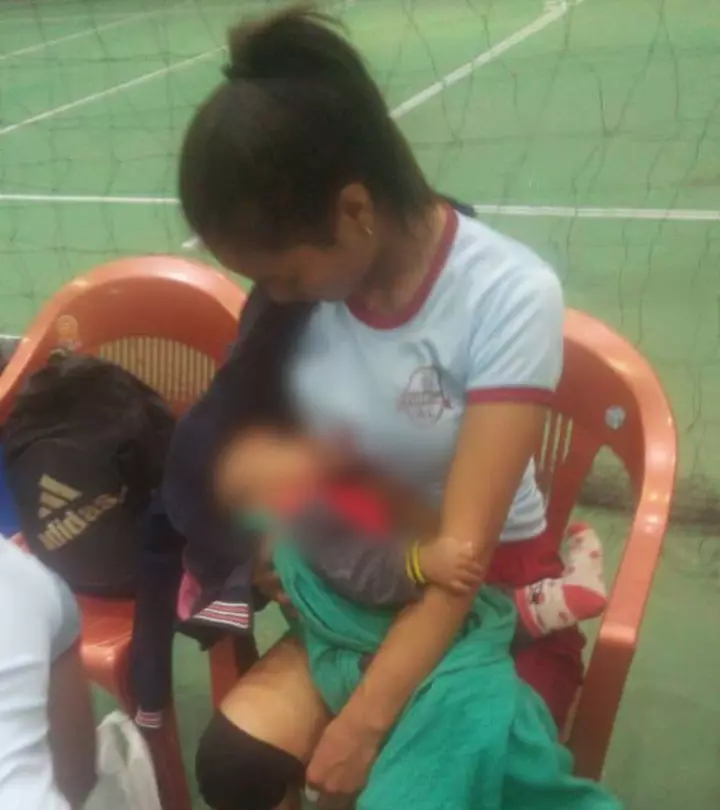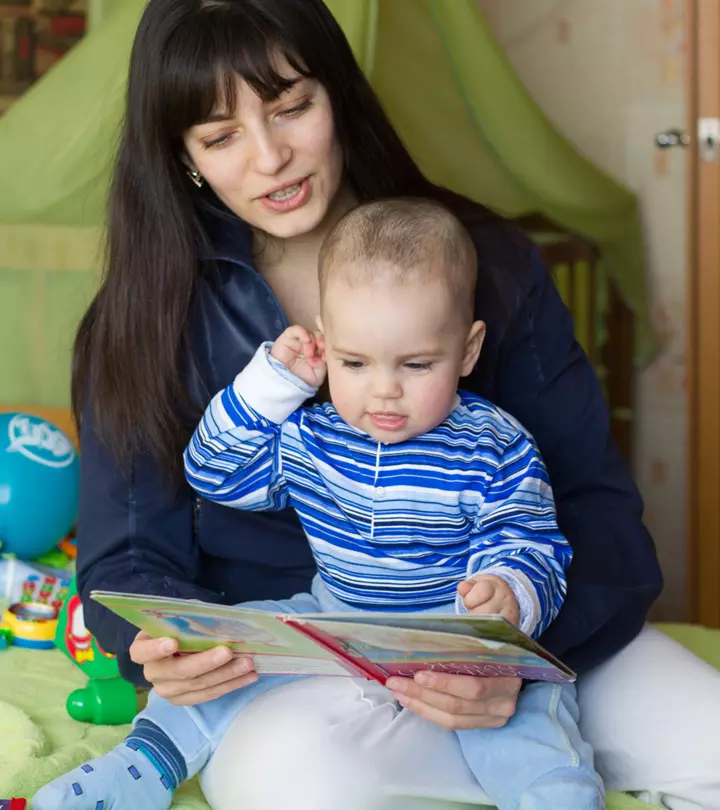

Image: Shutterstock
The first hour after birth plays a crucial role in providing a great bonding experience for the mother and child. While some women bond instantly, others take time. Skin-to-skin contact is one way for parents to bond with their children. Bonding is essential for both parties as it helps in building a strong sense of attachment. Some mothers bond with their baby in the first few minutes, the moment they get to hold their little one in their arms and lock eyes with them. While for others, it may take several hours or even months. However, a baby takes a lot less time to bond with the mother.

A mother and baby have a psychological need to stay together as soon as they give birth, and in the hours and days that follow. Regardless of whether a mother prefers to breastfeed her baby or not, skin-to-skin contact is considered as a healthy practice soon after birth. Research shows that skin-to-skin contact should be practiced among all whether a mother has a normal delivery or C-section as it promotes optimal newborn and maternal outcomes (1).
The First Hour After Birth
Image: Shutterstock
The first hour after birth is crucial for mother and baby. And the only thing a baby needs during this time is uninterrupted skin-to-skin contact with the mother. The United Nations Children’s Fund and World Health Organization recommend that healthy mothers and babies practice uninterrupted skin-to-skin time for at least an hour after birth (2).
What is skin-to-skin care? Skin-to-skin contact, also known as kangaroo care, refers to the practice of placing a dried newborn on the mother’s bare chest soon after birth. This technique of newborn care is done typically after birth for at least an hour or until after the first feed. All the routine assessments of the mother and baby can be done during this time or can be delayed until after the skin-to-skin contact following birth.
Image: Shutterstock
The first hour following birth is known as the sensitive period when there is a significant increase in the maternal hormone known as oxytocin. The elevated levels of oxytocin during kangaroo care offer multiple benefits such as reduced newborn and maternal stress, stronger attachment between mother and baby, and also makes the transition to postnatal life easier for the newborn (3).
Delayed or disrupted skin-to-skin care can lead to breastfeeding difficulties and self-attachment issues. It can also cause behavioral disorganization in newborns and affect mother-infant bonding. It was found that newborns who received skin-to-skin care had enhanced oxygen saturation levels, better cardio-respiratory stability, stable blood sugar levels, improved thermal regulation, and cried less. The salivary cortisol levels in newborns significantly went down as the skin-to-skin care duration extended beyond 60 minutes, indicating that it helps reduce stress.
Need For Immediate Skin-To-Skin Care For Newborns
Image: Shutterstock
Regardless of the method of birth, the intent is to provide immediate skin-to-skin care. Now, what constitutes as immediate? A mother and her baby should receive skin-to-skin care within the first 5 minutes of the baby’s birth. However, this is often delayed in most cases when the convenience of hospital staff takes precedence, and this time is taken for doing routine check-ups and assessments such as obtaining the birth weight. It’s unfortunate that this delay occurs despite strong evidence that suggests the importance of skin-to-skin care immediately after birth (4).
Mothers, as well as healthcare professionals, should be educated about the importance of skin-to-skin care soon after birth for at least an hour so that there will be fewer instances of delayed and disrupted skin-to-skin care. Hopefully, being aware of the health outcomes would compel mothers to begin this healthy birth practice soon after birth.
Did you receive skin-to-skin care soon after giving birth? If yes, did it help you bond with your baby? Comment below and let us know.
Community Experiences
Join the conversation and become a part of our nurturing community! Share your stories, experiences, and insights to connect with fellow parents.
















